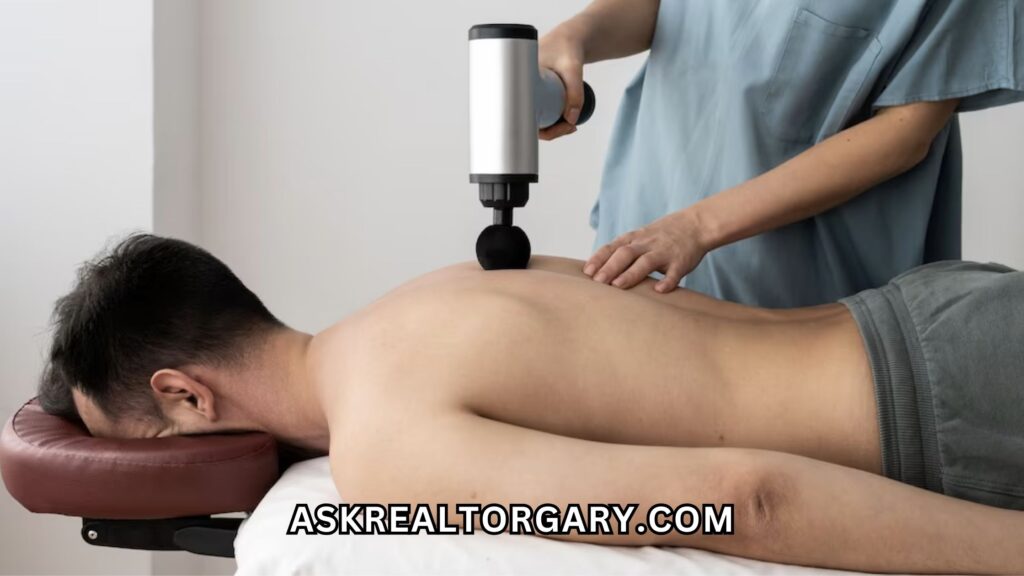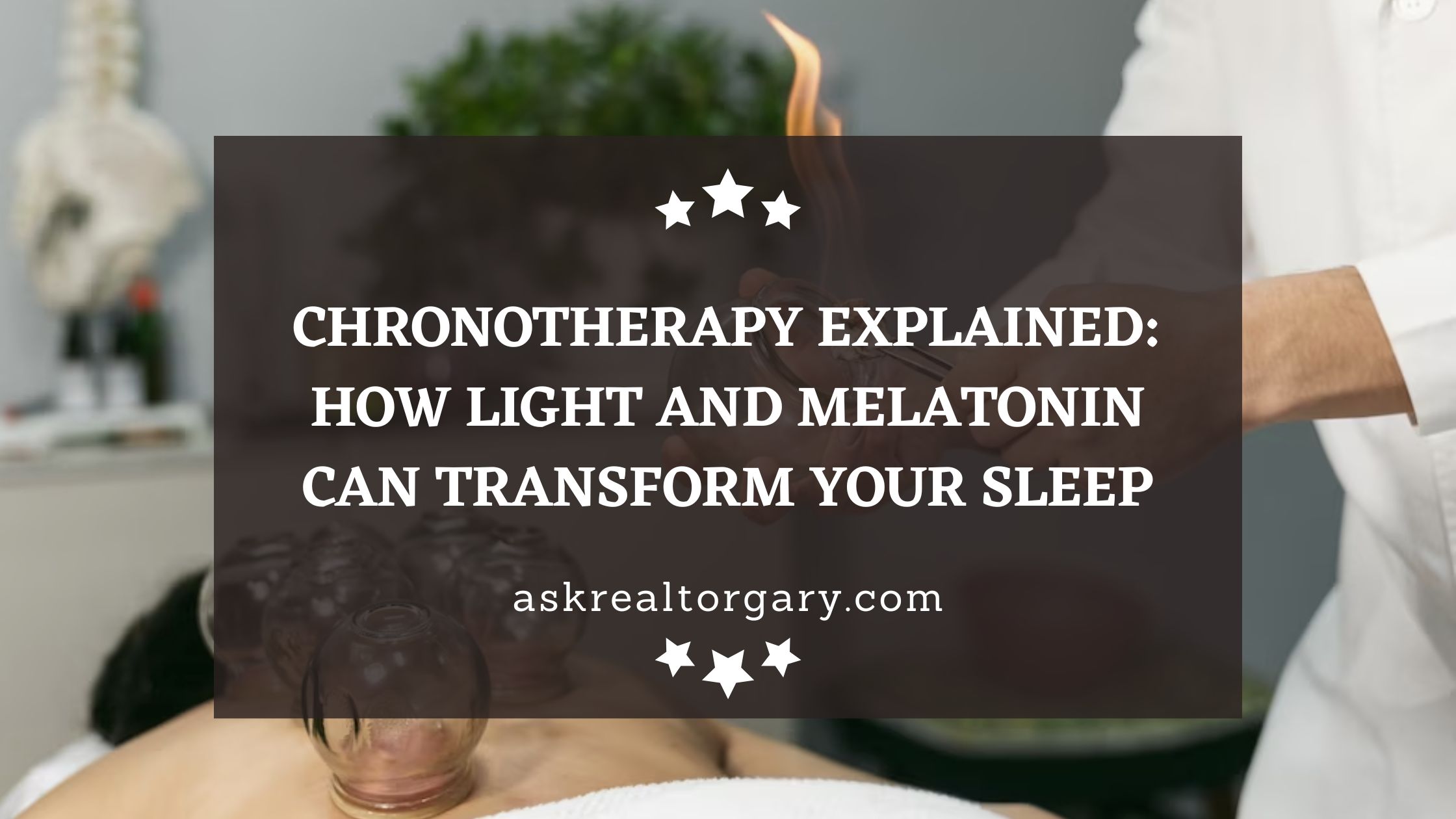I’m waiting for my review copy of “Chronotherapy: Resetting Your Inner Clock to Boost Mood, Alertness, and Quality Sleep by Dr. Michael Terman and Dr. Ian McMahan. Once I get it and digest the contents, I’ll report back with what I think.
Because it’s Christmas, you may be looking for a stocking stuffer for that intellectual insomniac on your list, so I’m calling attention to this one a bit early. Dr. Terman and I exchanged a couple of emails about the book, and he assured me it’s for general consumption – nothing too technical inside. Jump down the page for the Table of Contents if you’re interested. I know I am.

I’m In their book, they discuss how our research and treatment for sleep disorders (and all their subsequent behaviors) are driven primarily by the pharmaceutical industry.
Because there is so much money at stake (recent reports estimate the sleep aid market in the US alone as greater than $30 billion – much of this is prescription drugs), it’s not unusual that all the research money is focused on product we buy to make our sleep better.
Also Read –
I think I’m about average for an insomniac trying to find that “perfect treatment” for my condition. I realize now that all of these products are simply band-aids on a wound. They do nothing to cure anything, and the wound continues to fester. All they really do is postpone the inevitable – learning how to sleep again without supplements of any kind (note that I would throw “natural” treatments like tea or aromatherapy into the mix as well – they’re just band-aids).
A long term cure is what’s really needed, and I think that Terman and McMahan are on to something here.
The use of “light therapy” in combination with melatonin timing has been a more-or-less standard treatment for some exotic sleep issues – Delayed Sleep Phase Syndrome comes to mind. This therapy works with your body’s natural circadian rhythms – our natural cycle of wakefullness, tiredness, energy levels, body functions, and many other deeply genetic behavior we have. The lack of bright light explains why many of us in northern parts of the globe suffer from fatigue and depression in the winter. Their solution (plus much, much more) focuses on getting the right kind of light at the right time of day, and helping it out (initially, anyway) with a properly timed dose of the brain hormone melatonin. The book comes with recommendations to help these cycles no matter the stage of life or lifestyle you’re in.
I’m anxious to learn what they have to say.
Table of Contents:
- External Time versus Internal Time
- The Pressure to Sleep
- Owls, Larks and Hummingbirds
- Getting Light Into the Brain
- Getting Light Wrong
- Geography and Time
- Healing Light
- Nighttime Meds and Melatonin
- Hospitalized with Depression
- Beyond Light: The Charge in the Air
- The Promise of Pregnancy
- Strategies for Babies and Children
- The Challenge of Adolescence
- In Later Years
- Coping with Shift Work
- Racing the Clock. Racing the Sun
- Chronobiology in the Home and Workplace
- Dawn of Circadian Science










